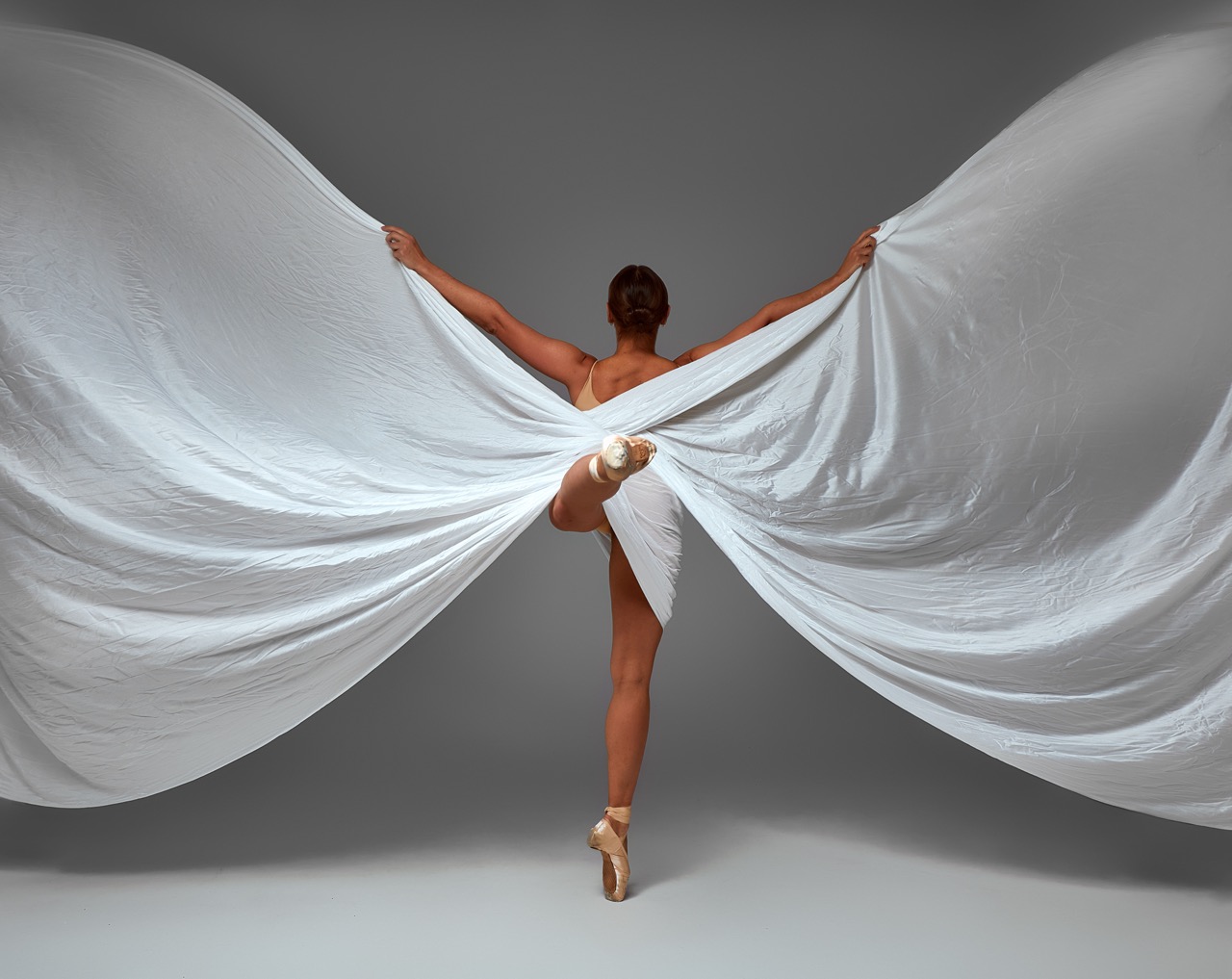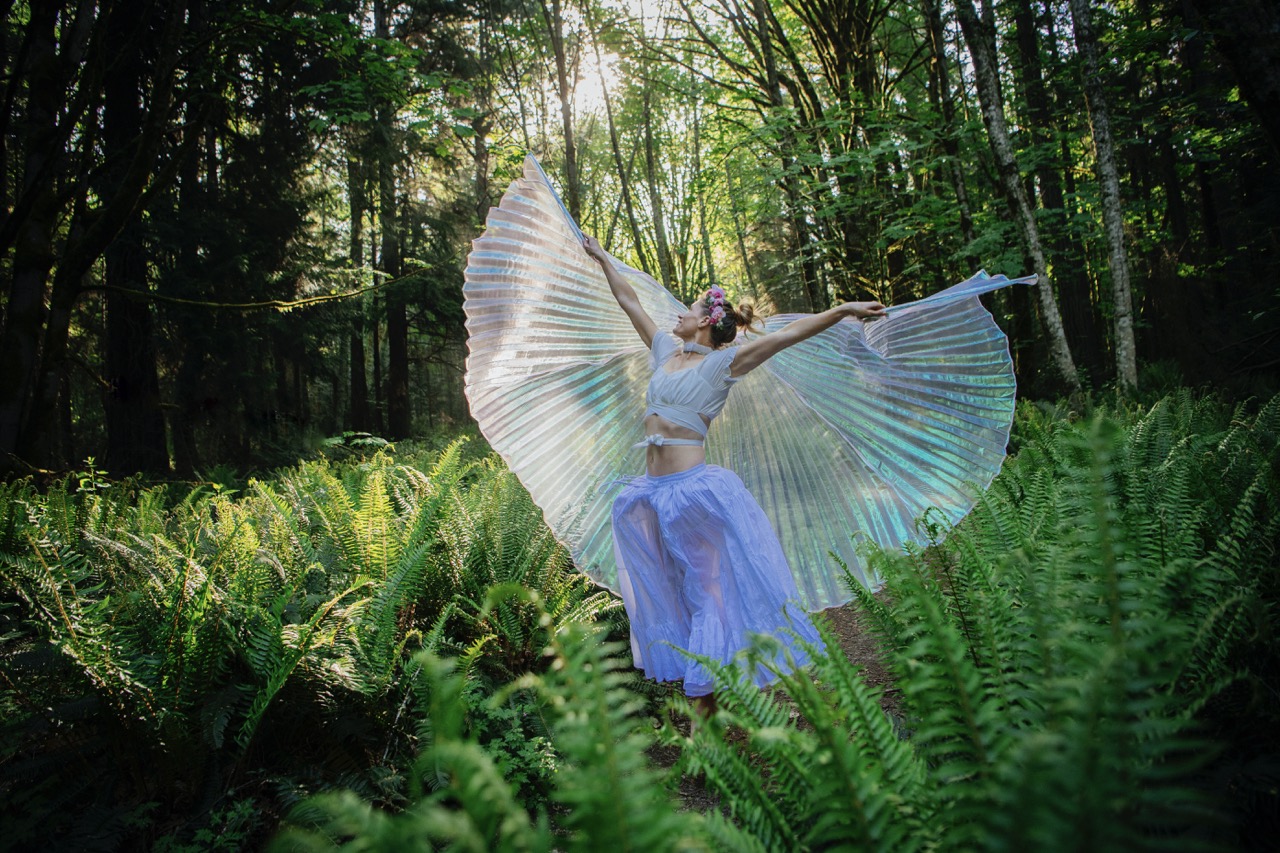Dance wings, those captivating extensions that flutter and sway with the movement of their wearers, have a rich history that transcends mere adornment. These vibrant and expressive pieces have evolved dramatically over the centuries, reflecting cultural transformations, artistic innovations, and the shifting dynamics of performance art. This article delves into the enchanting origins of dance wings, their transformative designs, the cultural influences shaping their aesthetics today, and the exciting innovations that lie ahead.
The Enchanting Origins of Dance Wings in History
The roots of dance wings can be traced back to ancient civilizations, where performers adorned themselves with symbolic garments to enhance their artistic expressions. In Egypt, dancers would wear large, feathered wings during religious ceremonies, representing divine connection and grace. These early forms of dance wings were not only visually stunning but also held cultural significance, embodying the beliefs and values of the societies that created them.
As we journey through history, we discover that wings have appeared in various cultures, each with unique interpretations. In the Middle Ages, for example, dance wings evolved into elaborate costumes used in court dances, often embellished with jewels and intricate embroidery. These garments were not merely for display; they were a means of storytelling, where the dancers conveyed narratives and emotions through their movements, enhanced by the striking visual impact of their wings.
The Renaissance period marked a pivotal moment in the evolution of dance wings, as the revival of classical art and literature influenced performance styles. Dancers began to incorporate more elaborate wing designs, drawing inspiration from mythology and nature. This era set the stage for the grandiosity and theatricality associated with dance wings, establishing a tradition of creativity and expression that would persist into modern times.
Transformative Designs: From Tradition to Modernity
The transition from historical to modern dance wings is marked by a shift in materials and techniques. Traditional wings were often constructed from fabrics like silk or organza, adorned with feathers, beads, or sequins. However, the advent of synthetic materials in the 20th century opened up new possibilities for design and functionality. Dance wings began to incorporate lightweight fabrics that allowed for greater mobility and a more dynamic range of movement, enabling dancers to explore innovative choreography.
Modern designers have embraced technology, using digital printing to create intricate patterns and vibrant colors. This evolution allows for customization and personalization, with dancers now able to express their unique styles through their wings. Additionally, the use of LED lights and other electronic components has transformed dance wings into a mesmerizing spectacle, illuminating performances and adding an element of surprise and wonder.
The design of dance wings has also become more inclusive, catering to diverse styles and genres of dance. Contemporary dance, ballet, and even street dance have seen variations of wings that reflect their unique aesthetics. This versatility has not only reinvigorated the tradition of dance wings but also encouraged collaborations across different dance forms, fostering creativity and innovation in the performing arts.
Cultural Influences Shaping Dance Wing Aesthetics Today
The aesthetics of dance wings today are deeply influenced by the diverse cultural backgrounds of performers around the globe. As dance becomes a universal language, artists draw inspiration from their heritage, incorporating traditional motifs and symbols into their designs. For instance, dance wings inspired by Asian cultures often feature intricate patterns that reflect spiritual beliefs, while African-inspired designs might incorporate vibrant colors and textures that celebrate community and storytelling.
Moreover, the globalization of dance has led to a fusion of styles, resulting in hybrid forms of dance wings that embody multiple cultural influences. This blending enriches the visual landscape of performances, allowing dancers to share their narratives through a tapestry of colors, shapes, and movements. By embracing multiculturalism, dance wings have become a canvas for artistic expression, celebrating the richness of human experience.
Social media and digital platforms have further amplified these cultural exchanges, enabling dancers to showcase their wings and share their stories with a global audience. As trends emerge and evolve, the aesthetics of dance wings continue to be shaped by contemporary dialogues around identity, representation, and artistic freedom, reinforcing their role as not just accessories, but vital elements of performance art.
The Future of Dance Wings: Innovation and Expression
The future of dance wings is poised for even more remarkable transformations as innovations in technology and materials continue to evolve. As artists and designers experiment with augmented reality, the potential for interactive dance wings becomes increasingly tantalizing. Imagine wings that respond to a dancer’s movements or environments, creating a multi-sensory experience that blurs the line between the physical and digital realms.
Sustainability is another critical aspect shaping the future of dance wings. As the performing arts community becomes more conscious of environmental impact, designers are exploring eco-friendly materials and practices. This shift not only addresses concerns about sustainability but also encourages creativity, as artists find innovative ways to create stunning visual effects using recycled or biodegradable materials.
Ultimately, dance wings will continue to serve as a powerful medium for expression and storytelling. As cultural narratives evolve and audiences become more engaged, the evolution of dance wings will reflect the dynamic nature of performance art, embracing new technologies, styles, and global influences. The future is bright for dance wings, promising a journey filled with creativity, innovation, and boundless artistic expression.
The evolution of dance wings from their enchanting historical roots to contemporary innovations illustrates the power of art as both a reflection of cultural identity and a medium for personal expression. As we stand on the brink of new possibilities, the world of dance wings continues to inspire, captivate, and connect us all. The journey ahead is filled with promise, inviting us to witness the unfolding story of creativity and innovation that dance wings embody.









